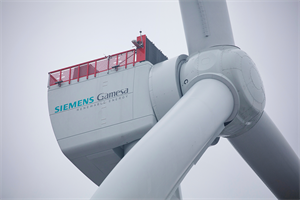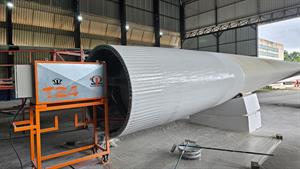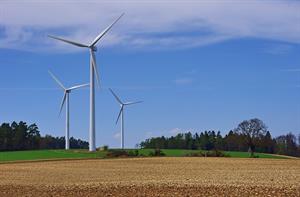Tamil Nadu has always been ahead of the game in India. The state government began extensive wind resource assessments in 1985. By 1993, it had set up seven wind farms - totalling 120 wind turbines - for demonstration purposes. These proved to be a major driver in attracting private investment, and large-scale deployment of wind power started soon afterwards.
The other main driver is that Tamil Nadu is the only Indian state that has had stable policies for more than two decades. India is a federation of states, similar in structure to the US. Each state has its own legislature, whose laws are complemented by national policies. India's national generation-based incentive, worth 0.5 INR/kWh distributed centrally for 4GW of new capacity, is now in place.
But it is consistent state-level policies that are most conducive to wind development, and Tamil Nadu's attractive wheeling and banking facilities, reasonable and fixed power tariffs and regular payment by the electricity board, as well as the state government's focus on developing infrastructure, that have enabled it to become the go-to region for investors in India.
Moreover, Tamil Nadu has the highest Renewable Purchase Obligation of all the states in India. Consequently, it has become a manufacturing hub for the wind energy industry, as well as other sectors.
Ironically, however, Tamil Nadu's head-start may end up being a key factor that helps rival states in India catch up. Many prime sites in Tamil Nadu are home to low-capacity wind turbines that were constructed during the early development period. For the time being, these sites, urgently needed to increase wind power utilisation, are unavailable.
By contrast, other states have come up with a more favourable tariff policy in recent years and have huge untapped potential for wind energy. Many of these states are catching up, causing Tamil Nadu's proportion of total Indian installed capacity to decrease from 57% in 2005 to 42% today, with a further decline forecast.
Saturation point beckons. But decommissioning some of the ageing fleet should help. In a few years' time, some of the first wind farms will have to be decommissioned, which will make some of the best sites available once again. These are predominantly located in the states of Tamil Nadu and Gujarat, which contain some of India's strongest wind resources. State governments will have to ensure that the areas can be utilised effectively.
Tamil Nadu, India
FOR
- Feed-in tariff
- Regional government support
- Wind industry cluster
AGAINST
- Grid bottlenecks
.png)


.png)










